It took me 30 years to embrace my curly hair

Desperately seeking straight hair, Anna Magee had a decades-long love affair with harsh blow-dries. Then she decided to liberate her locks – and discovered a whole world of fellow curly girls

There is a scene in the movie Beaches (if you’re under 40, ask your mum), where Bette Midler’s character is pointing out the positive traits of her best friend (played by Barbara Hershey): ‘You’re smart… you’re beautiful… you have hair that moves.’
I was 17 and went to see it with my best friend Virginia. She had hair that moved. Long, auburn, thick, straight hair. I loved it. I had thick, jet-black hair that grew up, not down, ruined school photos because it made me look like I was wearing a motorcycle helmet and frustrated my mum so much she resorted to military cuts that had me constantly mistaken for a boy. Coarse and curly, it most definitely did not move.
A few weeks after I realised I had a friend in Bette, I went to the hairdresser for my regular trim. But instead of her usual hour of wrestling my mane using sticky ’80s gels and mousses, she said, ‘Can I try something?’ She blow-dried my hair straight with a newly-invented paddle brush. The creature staring back at me from the mirror had long, black, glossy hair. It didn’t just move, it swished. That creature was me.
That moment changed my life. I got a hot boyfriend and was elected vice president of the student council. Convinced my social success was all down to my new hair, I spent the next 30 years using paddle brushes, straighteners, and every frizz-controlling potion I could get my hands on. I wasn’t alone. Despite big hair being championed by the likes of Bananarama in the ’80s, once the ’90s hit, my curly-haired sisters and I competed for the flattest, most poker-straight hair. Thanks, Rachel from Friends.
Work achievements took over from social success: I became convinced my career was enhanced by having glossy, long, straight hair, and throughout my 20s and 30s wouldn’t venture out of the house without a perfect blow-dry.
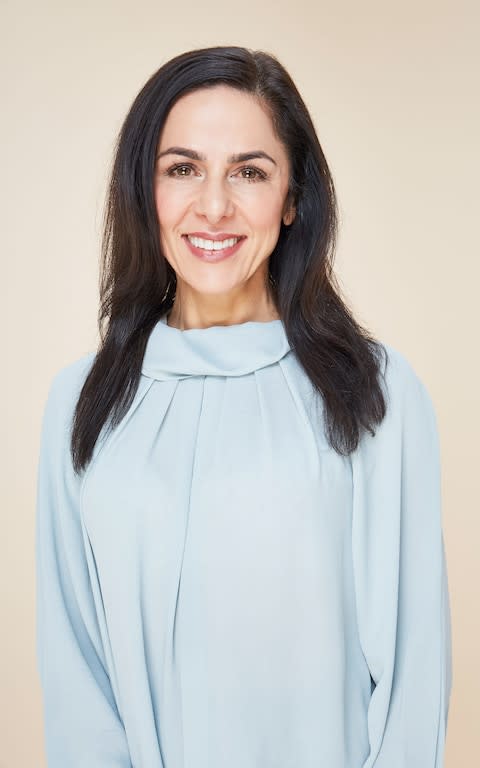
But spending 45 minutes every morning battling my curls was exhausting – and if it was a humid day, my hair would become a frizz ball the minute I went outside. On days when I did dare leave it to dry naturally people would comment, ‘Is that your natural hair? It’s gorgeous.’ But I never believed them.
Then I met Cheryl, who worked with me a couple of days a week. At the time I had started going to work with air-dried hair as my hairdresser had given me – and my damaged hair – an ultimatum: ‘Stop straightening at least a few days a week or we are over.’
Cheryl had coily black hair that was curlier than mine. It was shiny and defined. And far from fighting it, she was proud of it. She asked if I’d heard of the natural hair movement, which had originated in the African-American world, where it had become a political statement to wear your hair natural rather than chemically relaxed, in a weave or any other style made to resemble white women’s hair.
Natural hair became my midlife hair crusade. I discovered a world of YouTubers, bloggers and Instagrammers – women like me who had spent their lives battling their hair, using damaging heat and processing techniques in order to achieve homogenised, glossy straight hair, until finally, fed up, they had coalesced into a curly-girl movement. And to me, it was like coming home.

The internet is littered with compelling curly-girl stories. Take Lorraine Massey, who grew up in Birmingham, bullied for her ringlets. ‘My nicknames were Crystal Tipps and Bozo the Clown. No one wanted to sit behind me at school because they couldn’t see the board,’ she remembers.
In an effort to understand her own hair, Lorraine became a hairdresser, only to encounter more ‘hairism’. ‘At my first job, the salon owner screamed, “Get her hair blow-dried, she can’t be on the floor like that.” I walked out in tears, and never went back.’
She moved to New York, where in 1994 she opened a salon called DevaCurl and developed the curl-by-curl dry-cutting method. ‘Hairdressers are trained to flatten everything down,’ she says. ‘But curly hair springs back up – it has to be cut dry, or you lose too much length’.
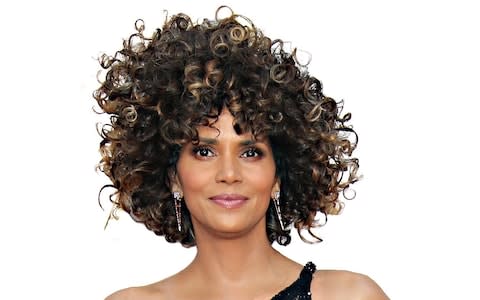
In 2002, Lorraine wrote the Curly Girl Handbook, which has become the bible of the natural hair movement. Her Curly Girl Method went against everything we’d been taught: straight blow-dries (or ‘blow-fries’) were forbidden. Traditional shampoos were out too: they contain sulphates, harsh detergents that strip hair of its natural oils. Anti-frizz serums and smoothing conditioners: also out.
Many contain silicone, which temporarily give ‘slip’ (making hair feel silky), but counter-intuitively, they also suck moisture from the atmosphere, causing frizz. And because they coat the hair in what is essentially a chemical sealant, they are impossible to wash out without a heavy sulphate-based shampoo, causing a vicious, frizzy cycle.
Lorraine’s method spawned a new language of curl care – google ‘Squish to Condish’, ‘the Laura’, ‘praying-hands method’ or ‘Scrunch-out-the-Crunch’, to name a few, and you’ll find footage of people in their bedrooms and showers sharing their techniques. In 2017 models at the Victoria’s Secret show rocked their natural hair where formerly beach waves were regulation. More and more celebrities, including Halle Berry and Mila Kunis, are coming out of their curly-girl closets and even Ariana Grande, famous for her signature glossy ponytail, recently swapped it for natural curls. For singer-turned-presenter Rochelle Humes, the natural-hair turning point came in 2017, when her then five-year-old daughter asked, ‘Why don’t any of the princesses have curly hair like me?’

‘I had been blow-drying and straightening my hair since I was 16, so the next time I washed my hair, I let it dry naturally so she could see my curls.’ She hasn’t blow-dried or straightened it since, and started the hashtag #curlslikeus to ask for help on what to do with her hair. The response was huge, and there’s now a blog (curlslikeus.co.uk). In November, Rochelle’s hairdresser Jo Leigh –who was trained by Lorraine Massey – opened a curls-only salon, Curl Talk, in London’s Princelet Street (see box above).
Today, Rochelle’s curly hair is an arresting sight among traditionally blow-dried TV presenters. ‘There is a conception that curly hair is less groomed and less professional,’ she says. ‘People always comment on it, and to wear it you have to be really confident because it gets attention. I think people revert to straightening to blend in.’
Crazy. Wild. Hard to manage. Coarse. When I think about the way I describe my own hair, it’s almost always disparaging. ‘Our hair is not demanding, or something to be tamed, unless you think about straight hair as being the pinnacle,’ says Kadian Pow, a teaching fellow in sociology at Birmingham City University, whose mother first relaxed her hair when she was seven. ‘Those words create hierarchies; they imply there is something wrong with us, that we somehow need taming, or to shrink ourselves into the background. Why can’t we wear our hair as big and as natural as we like?’
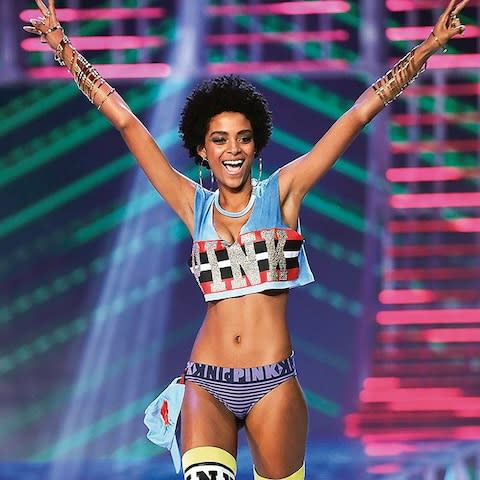
She gets me thinking: my ethnicity is Greek and Egyptian and I wonder if flattening it all those years was about trying to blend in with predominantly straight-haired white children I grew up with in 1980s Australia, to somehow deny my own history.
‘I don’t think it’s an overstatement to say that the natural hair movement is a new liberation movement,’ adds Pow. ‘Black women in particular are aware that hair is about race and identity. Throughout history, the texture and styling of our hair has been used to oppress us, and maintain rigid standards of beauty – chemical straightening and relaxing, weaves.’ Indeed, hair discrimination is now recognised by the US Equal Employment Opportunities Commission and has been the subject of a number of lawsuits.
While I still do the occasional straight blow-dry, having rediscovered my curls and learnt new ways to care for them, I’ve realised that my journey is about much more than just hair. It’s about being comfortable in myself in a way I have never been before; not freaking out when it rains or when I go swimming, and celebrating rather than hiding my difference from the crowd. Who would have thought that hair can mean so much?
I’ve even discovered that with the right care and condition (see above), it sometimes even moves.

How to care for curly hair
By Jo Leigh, a specialist hairdresser, who runs Curl Talk off Brick Lane in London
Cotton pillowcases are harsh on delicate curls, while tight elastics can break the hair at the tying point. Opt for a silk pillowcase and tie your hair with silk or velvet scrunchies – luckily now back in fashion.
Apply products to soaking-wet hair Hair is like a plant – it needs moisture. I love the technique called Squish to Condish where you apply products in the shower and squish them in with water. (Google to find numerous demonstrations.)
Throw out your regular towel or at least relegate it to below the neck. Instead, use a microfibre towel or an old T-shirt to gently squeeze out excess water and then dry the hair with a diffuser on the lowest heat possible. And forget about wrapping your hair turban-style as it can break the hair. To dry, pat and squeeze the hair, don’t rub it.
Avoid silicones Anything with ‘-one’ on the end can be bad news. Silicones coat the hair, and over time it can become dehydrated because water can’t get into the hair strand. Sulphates, parabens and alcohols should also be avoided if you have curly hair as they can dry it out.
Try ‘plopping’ For an alternative way to wrap curly hair when it’s wet, try ‘plopping’: apply leave-in conditioner, wrap hair in a long-sleeved T-shirt using the arms to tie it up, then leave – even overnight – for natural curls not damaged by heat drying. Google it.
Follow Jo on Instagram @Curl.Talk
Eight brands that transformed Anna’s hair
Shea Moisture
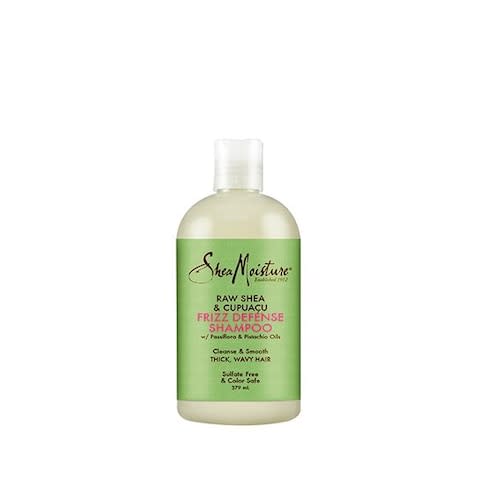
All products are free from nasties such as parabens, phthalates and mineral oil. They turned my hair from fried mess to soft curls in three weeks. Star products include its Frizz Defense Shampoo and Conditioner. (boots.com)
Maui Moisture

Its products, including the Curl Quench line, are free of sulphates, silicones and parabens. Nourish & Moisture + Coconut Oil Weightless Oil Mist is amazing for reviving dry curls.
Bouclème
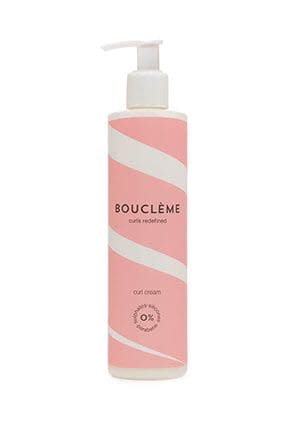
A UK-made line of curl-only products. ‘If I had to pick one desert-island product for my curly hair, it would be Bouclème Curl Cream,’ says Jo Leigh. ‘I use a little after conditioning. Less is more.’
Trepadora
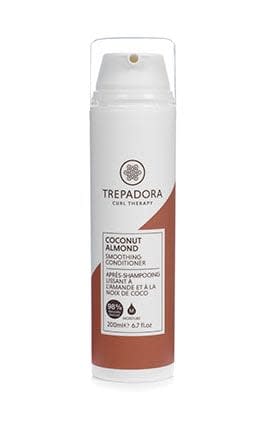
‘Another UK-made favourite,’ says Jo. ‘The whole range is to die for and completely natural.’ Star products include Coconut Almond Smoothing Conditioner and Babassu Quench Leave-In Curl Primer.
Deva Curl
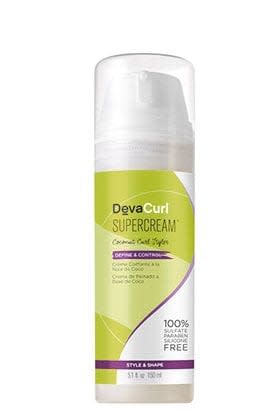
This line, created by curl guru Lorraine Massey, has something for every curly-hair need. B’Leave-In Conditioner and Supercream Coconut Curl Styler should be top of your wish-list.
As I Am
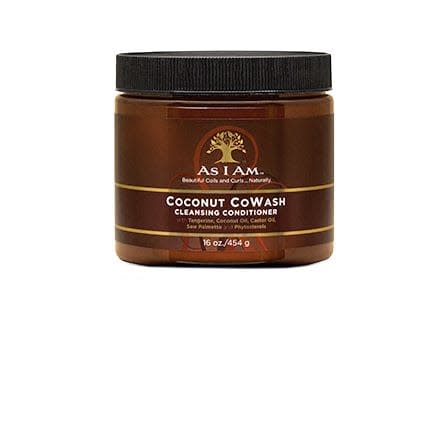
Conditioning washes – aka cowashes – are big news on the curly-girl scene. The As I Am Coconut CoWash Cleansing Conditioner has cult status – if you have dry hair you will see why after one use.
Cantu
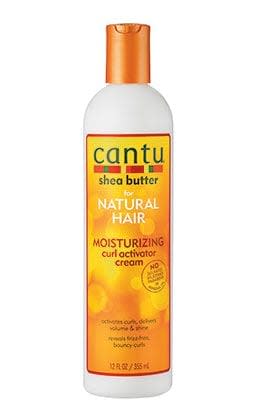
Now available in Boots, Cantu is well-priced and its products really do the job without nasty ingredients. Jo Leigh loves the Moisturizing Curl Activator Cream.
Aquis
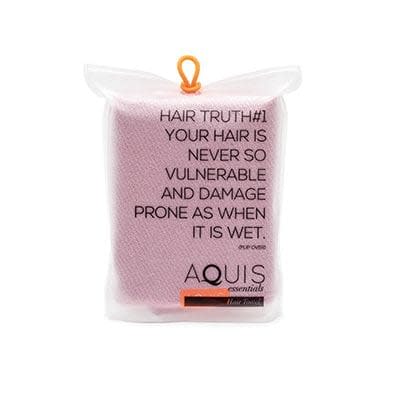
Its towels are must-haves for curly girls. They say: ‘Cotton has harsh loops that cause frizz. Aquis zaps water out of hair gently.’ I adore its Lisse Luxe Hair Towel. It halves drying time without frizz.
Sign up for Stella Daily - your seven-day slice of fashion, beauty, food, travel, interiors and more from the Stella magazine team
Anna Magee is the editor of Healthista.com
